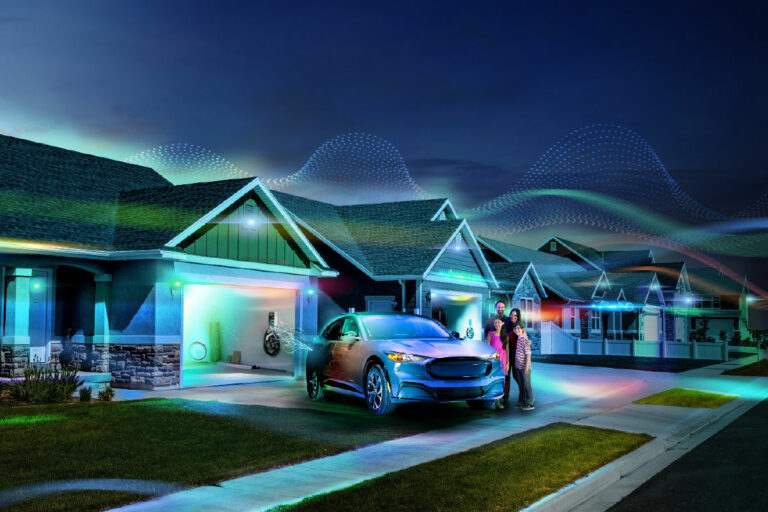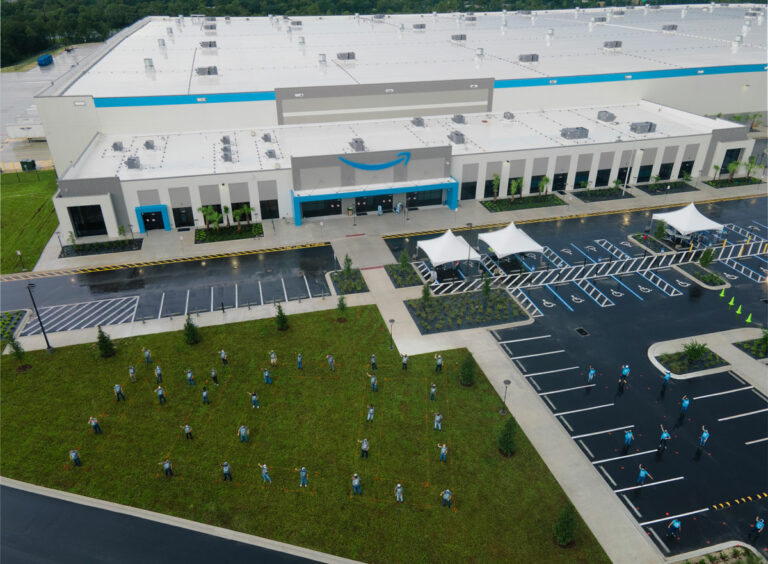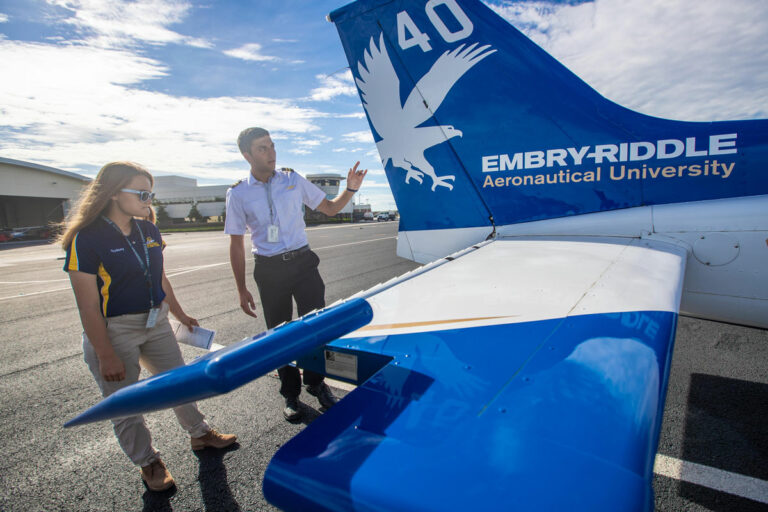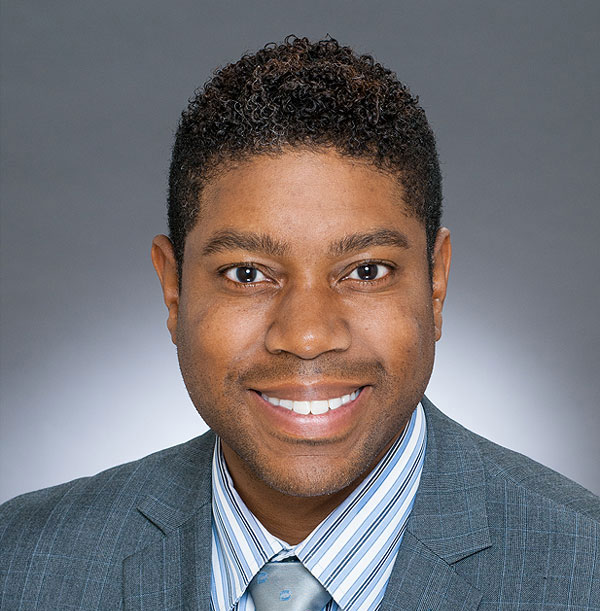A Vision for Volusia: Maryam Ghyabi-White Talks Transportation Planning

Quite frankly, Volusia County’s transportation infrastructure is struggling to keep up with growth. With our pristine beaches and rivers, pleasant weather and world-class tourist attractions, Volusia County is an amazing place to live, raise a family, retire and vacation. No wonder we have enjoyed momentous growth over the past few decades. In the last 10 years alone, we have experienced 14% growth in our county population. Our current population is 570,000, which is expected to reach nearly 675,000 by the year 2045 based on Bureau of Economic and Business Research (BEBR) projections.
Whether you are commuting to work, going to the Daytona 500 or evacuating for a hurricane, we have learned to expect traffic gridlock. Our infrastructure is aging – the entire 46-mile stretch of I-95 in Volusia County was designed during the Eisenhower administration and built in the 1960s. Most of the interchanges are struggling to meet growing travel demand. Our safety numbers are not great either – we have had 149 fatalities in 2021 alone. Our traffic fatality rate is 2.43 per 100 million vehicle miles traveled, which is significantly higher than the statewide average (1.72 per 100 million vehicle miles traveled). We have a lot of work ahead of us.
The good news is our transportation agencies including the Florida Department of Transportation (FDOT), River to Sea Transportation Planning Organization (TPO), East Central Florida Regional Planning Council, Volusia County and cities are working collaboratively to improve our transportation infrastructure for the very first time.
We must find the financial resources necessary to modernize our transportation infrastructure in order to safely and efficiently move people and goods, while enhancing economic prosperity and preserving the quality of our environment. We need to work closely with our communities to develop context-sensitive multimodal transportation solutions for users of all ages and abilities. Technology will play an increasingly important role in our transportation system as we maximize the efficiency of the existing infrastructure and develop smart mobility solutions. And of course, resiliency is critically important for a coastal community like ours – we need to understand the transportation system’s vulnerabilities to disruptions and fortify our infrastructure so that we can withstand disruptions and recover quickly.
So, where do we need to improve? We need to quickly identify the right projects, leverage new funding opportunities and get to implementation. Thankfully, the federal, state, metropolitan and local transportation planning processes are working in concert to continually create a pipeline of projects to meet the growing travel demands of our communities. We have a number of projects in different phases of development within Volusia County, but they are primarily state projects. Local government funding is limited and therefore not able to keep up with growth. Local governments in Volusia County need to identify dedicated funding sources for infrastructure to accommodate exponential growth. Many projects have been identified in local plans that don’t have a roadmap to implementation.
Where should the county, state and municipalities focus their resources? The greatest opportunity lies in smart growth and regenerative placemaking. We cannot continue to encourage unplanned growth and try to fix the issues that it creates after the fact. We need a regional smart growth vision to guide developments of the right size and right type in the right places so we can build strong communities with proper infrastructure. Regenerative placemaking provides the opportunity to enhance social, ecological and economic outcomes by leveraging relationships between individuals and communities, as well as built and natural environments. It is a strategic process of reigniting people’s relationship to their surroundings through place-specific activations.
I believe we need to rethink our approach to focus our resources – we cannot continue to do the same thing and expect different outcomes. We should work collaboratively with developers to identify the right policy framework that allows for the right density, intensity and land use mix of developments that meets the needs of our residents, businesses and visitors. We need to create attractive communities with a strong sense of place, with the right land use mix, including a wide range of housing opportunities and choices, with a variety of transportation options, while preserving open space and our natural assets. Community members including developers should be part of that process. We need to make development decisions transparent, predictable and fair for all parties involved. Only then will we create vibrant communities with the right infrastructure that make us all proud.








